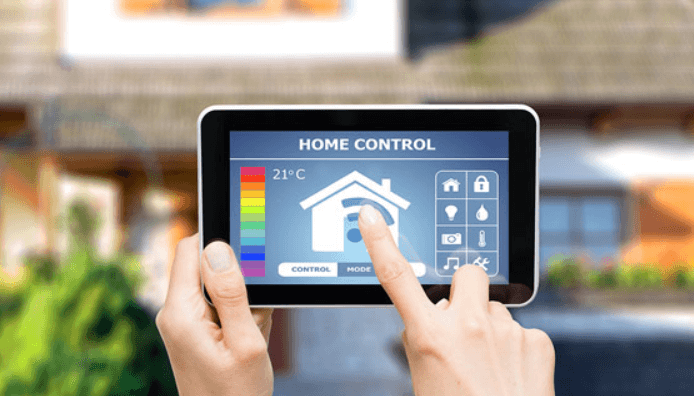Smart Living Made Simple: A Beginner’s Guide to Home Automation Systems

In today’s fast-paced world, technology is evolving at a rapid pace, and the concept of a smart home is no longer a futuristic dream. For tech enthusiasts and the general public alike, home automation systems are quickly becoming an integral part of smart living. But what exactly is home automation, and how can you make it work for you? This beginner’s guide will take you through everything you need to know about making your home smarter and your life simpler.
Introduction
Home automation systems allow you to control various aspects of your home environment remotely or automatically. Imagine lights turning on as you walk into a room, your thermostat adjusting itself based on the weather, or receiving alerts if there’s an unexpected movement in your house. These systems offer myriad benefits—from enhancing your comfort and convenience to improving energy efficiency and security—making them particularly appealing to tech enthusiasts.
Understanding the Basics of Home Automation
Home automation works through a combination of hardware, software, and network connectivity to manage and control devices in your home. At the core, these systems use sensors, controllers, and actuators to perform tasks based on pre-set rules or commands.
For instance, a smart thermostat might use temperature sensors to determine when to adjust the heating or cooling. Controllers, like your smartphone or a dedicated remote, allow you to send commands to these devices, while actuators execute the physical actions, such as turning lights on or off.
Smart Devices: The Building Blocks of Home Automation
At the heart of any home automation system are the smart devices that bring it to life. Here are some essentials:
- Smart Lighting: Devices like Philips Hue allow you to control your home’s lighting from your smartphone, set schedules, and even change colors to suit your mood.
- Smart Thermostats: Nest and Ecobee can learn your schedule and preferences, ensuring your home is always at the perfect temperature while saving energy.
- Smart Security Systems: Products like Ring doorbells and Arlo cameras help you monitor your property, receive alerts, and even speak to visitors remotely.
- Smart Speakers: Amazon Echo and Google Home act as central hubs, enabling voice control over various smart devices in your home.
Choosing the Right System for Home Automation
When selecting a home automation system, there are several factors to consider. Budget is often the first concern, as the cost can vary widely depending on the complexity and number of devices you wish to include.
Scalability is another important consideration. Choose a system that allows you to start small and expand over time. This ensures that your home automation setup can grow with your needs and adapt to future advancements.
Setting Up Your Home Automation System
Setting up a home automation system can seem daunting, but it’s manageable with a step-by-step approach. Start by identifying the areas of your home you want to automate and the specific functions you need.
Begin with the installation of your central hub or controller. This might be a smart speaker like the Amazon Echo or a dedicated home automation controller. Next, add your smart devices one by one, following the manufacturer’s instructions for pairing and setup.
The Human Touch in Home Automation
Home automation isn’t just about technology; it’s also about enhancing your lifestyle. Personalizing your system to match your preferences can make a significant difference. Customize settings like lighting scenes, thermostat schedules, and security alerts to suit your daily routine.
Living with home automation means continually optimizing and updating your system. Pay attention to how you use your devices and make adjustments as needed. Regularly check for software updates and new features that can improve your experience.
The Future of Home Automation
The future of home automation is bright, with emerging trends and technologies poised to revolutionize smart living. Artificial intelligence and machine learning are making systems more intuitive, capable of learning from your habits and predicting your needs.
Voice control is becoming more sophisticated, enabling more natural interactions with your devices. Additionally, the integration of Internet of Things (IoT) technology is expanding the possibilities for interconnected smart homes.
See also: Benefits of Managed Cloud Solutions for Small and Medium Enterprises
Conclusion
Home automation is transforming the way we live, making our homes smarter and our lives simpler. By understanding the basics, choosing the right devices, and setting up a personalized system, you can unlock the full potential of smart living.
Whether you’re a tech enthusiast eager to explore the latest innovations or simply looking for ways to enhance your home environment, home automation offers a world of possibilities. Start your smart living journey today and experience the future of home automation.




